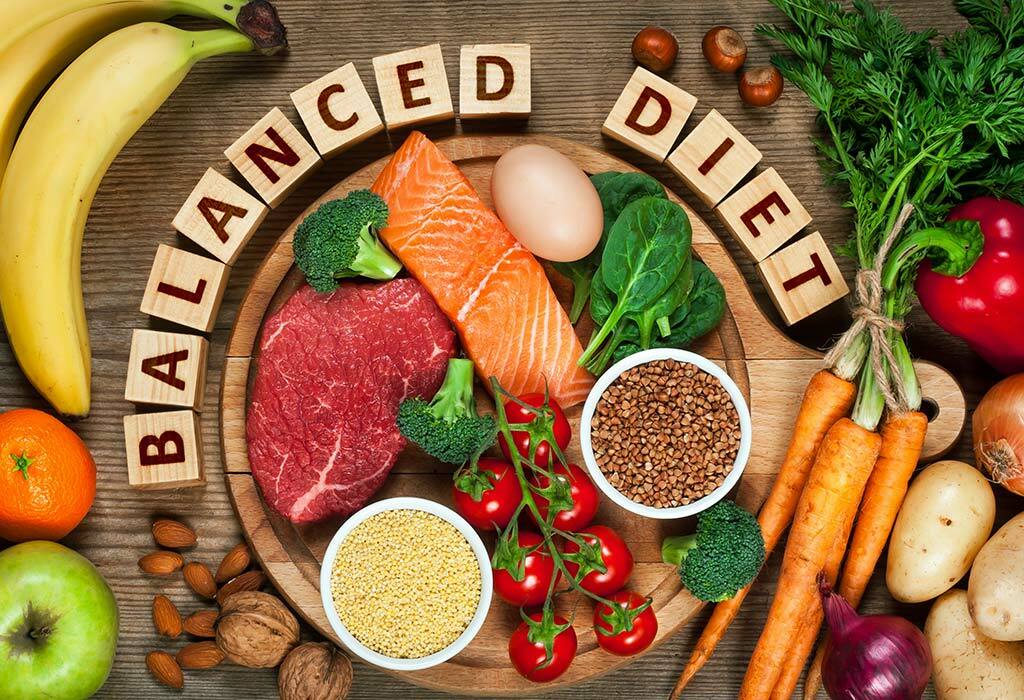Most diets fall into one in all two categories—they either declare to release a formerly misunderstood secret of vitamins technological know-how to cause handy weight reduction (see: Keto, Atkins); or they promise an innovative manner to trade your questioning around food that will result in easy weight loss (see: Noom, intermittent fasting).
The reality is that although there are certain behavior maximum docs and nutritionists would encourage for true health—eating extra culmination and veggies, often exercise, getting sufficient sleep—there is nobody weight reduction system that works for everybody (and surely no longer a “handy” one). Increasingly, the consensus is that dieting, on the complete, doesn’t paintings, and that body length isn’t necessarily a terrific metric for health.
Despite that, the eating regimen industry—with its books, apps, packages, packaged foods, and supplements—became worth an envisioned $ sixty-six billion in 2018. The enduring reputation of diets speaks to our deep confusion about a body length, fitness, and food.

Even as I wrote this story in a café, I overheard a lady optimistically advise that her eating companion dust her espresso with cinnamon to “help control your blood sugar.” (There’s no proof the spice has this impact.) And certainly, so much of present-day weight-reduction plan tradition is based around this type of “one weird trick” wondering: Reduce out all carbs, or don’t consume fruit, or exercise mindfulness at mealtime or speedy two days per week, and also you’ll crack the code of weight loss.
Into this crowded marketplace has come a brand new weight reduction approach that has been gaining interest and doesn’t sound at all like a weird trick or a brand new fad. In fact, it feels like something your grandmother might have sworn by to hold her figure: component manage.
Counting calories
As a weighting strategy, element control has apparent appeal—it’s simple and doesn’t rely on new biology theories. And it seems like common sense: Smaller quantities imply less energy. It is also famous just how an awful lot of weight reduction and nutrients we don’t certainly hold close, and the way reputedly useful information, just like the element sizes on food labels, can deepen that confusion.
Instead of drastically restricting the foods you’re “allowed” to consume (like the Whole30, Keto, or Paleo diets), element Management doesn’t commonly ban foods. Neither WW nor Noom, weight reduction applications with participants’ music and matter their intake, inform you precisely what to eat. Instead, they set limits on how tons, in the form of several “points” or calories, you can devour on each day’s foundation.
In the community that has grown up around WW (a rebrand of the enterprise previously referred to as Weight Watchers, with the tagline “Wellness that works”), hundreds of articles, weblog posts, and Pinterest pins dedicated to outlining ways to eat without racking up factors. Points aren’t directly equivalent to calories, but the message is obvious—the fewer meals you devour, the better.
Of course, that’s no longer usually actual. Despite the regularly-noted maxim that weight reduction is as simple as burning more energy than you devour, a developing frame of research indicates that weight reduction is some distance greater complicated. The dietary statistics on meals labels aren’t as clean-cut as it might seem. “The more we probe, the greater we realize that tallying calories will do little to assist us in manipulating our weight or even keeping a healthy food plan,” the Economist pronounced these days. “The beguiling simplicity of counting energy in and energy out is dangerously incorrect.”












